Many of us know a coworker or perhaps a pregnant friend who suffers from debilitating migraines. But did you know migraines are also common in children?
Migraines can hit at any age, negatively impacting children’s academic performance. In fact, kids with migraines miss school at twice the rate of kids without them. A sudden attack can also prevent little ones from enjoying after-school activities and precious free time spent with family and friends.
If you suspect your child’s headache is actually a migraine, here’s what you need to know:
1. What are some of the telltale signs?
The most common symptom for a migraine is a headache that makes a child want to lie down or stop doing an activity. This is not seen in tension-type headaches which, although more common than migraines, are rarely as disabling. Children and adolescents can have migraines both with and without an aura, with a split of about 70 to 30 percent, respectively.
2. What’s an aura?
Migraine sufferers sometimes experience what’s called an aura, a visual disturbance that occurs before the headache hits, such as bright or flashing lights, wiggly patterns and pinwheels. They may even get tingling, slurred speech or even weakness, mimicking symptoms of a stroke. These symptoms can continue for minutes or last as long as one hour.
3. Are there particular conditions or circumstances that can trigger a migraine?
A migraine tends to occur when there is an energy deficiency in the body. The most common causes are not drinking enough water, not eating right (such as missing meals) and not exercising enough. Children can also get a migraine if they’re sleep-deprived or experience a change in sleep/wake time – like when on a family vacation. Other common triggers are caffeine withdrawal and consuming artificial sweeteners.
4. What can parents and caregivers do for their child at home?
Preventing the migraine is the key to treatment. That means drinking lots of water, exercising every day (if possible), keeping a regular sleep schedule (with minimal changes on weekends and holidays) and eating three healthy meals per day. When a migraine does occur, a child should take a weight-appropriate dose of a pain reliever such as ibuprofen with a large volume of electrolyte-containing fluids like Gatorade.
5. When should I take my child to the doctor?
If a child has any of the following symptoms they should be seen immediately by their pediatrician or taken to urgent care or the emergency room: excessive vomiting or confusion, a seizure with headache, double vision or the sudden onset of a very severe headache. Other worrisome signs include increasingly frequent headaches or a headache that wakes your child from sleeping.
6. I don’t like my children taking medicine if they don’t have to. Are there any other effective treatments?
Current data shows that lifestyle modification is the best type of treatment to prevent migraines. One study shows that 71 percent of children and adolescents responded to lifestyle changes, while commonly prescribed medicines such as Topiramate and Amitriptyline offered no increased benefit. Other studies show that cognitive behavior therapy and biofeedback are superior to placebo and to Amitriptyline. In short, healthy living and strategies to reduce pain can be more effective than drugs.
7. Do migraines ever go away or is this a lifelong condition?
The prognosis for children and adolescents with migraines is favorable and most patients will have significant improvement or eliminate migraines altogether with the right balance of lifestyle changes, behavioral therapy and appropriate medications.
This blog post originally appeared in Northern Virginia Magazine online.
 https://riseandshine.childrensnational.org/wp-content/uploads/2020/02/Large-Group-of-People-Celebrating-feature.png
300
400
Rise and Shine
https://riseandshine.childrensnational.org/wp-content/uploads/2017/11/childrens_riseandshine_logo.jpg
Rise and Shine2024-02-27 07:00:312024-02-27 09:36:48Celebrate Rare Disease Day
https://riseandshine.childrensnational.org/wp-content/uploads/2020/02/Large-Group-of-People-Celebrating-feature.png
300
400
Rise and Shine
https://riseandshine.childrensnational.org/wp-content/uploads/2017/11/childrens_riseandshine_logo.jpg
Rise and Shine2024-02-27 07:00:312024-02-27 09:36:48Celebrate Rare Disease Day





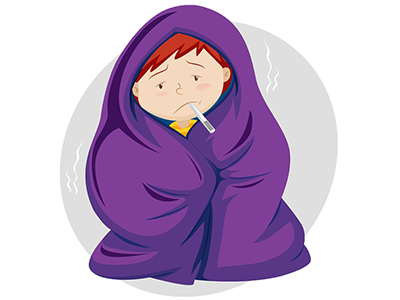
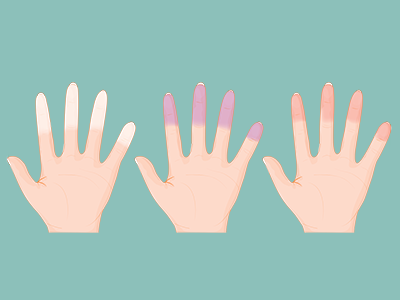
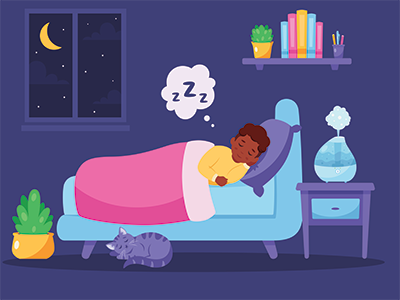
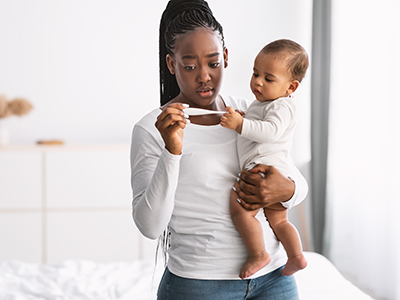
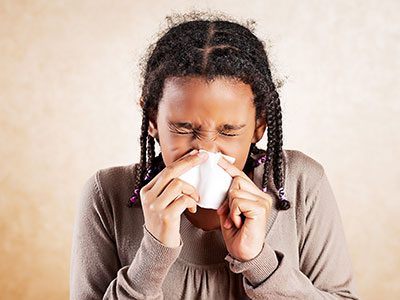
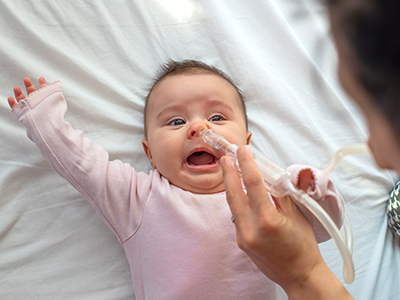
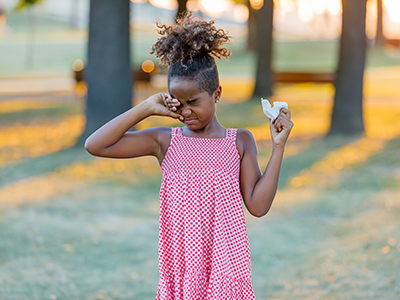
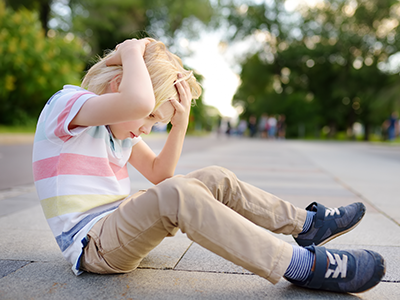
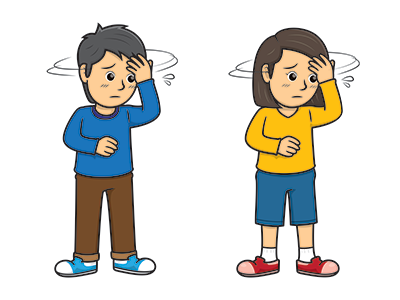
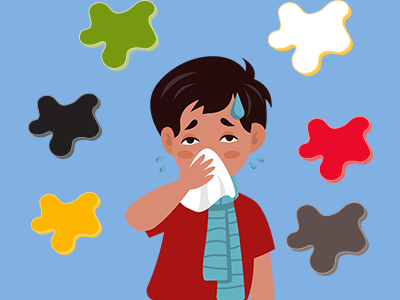
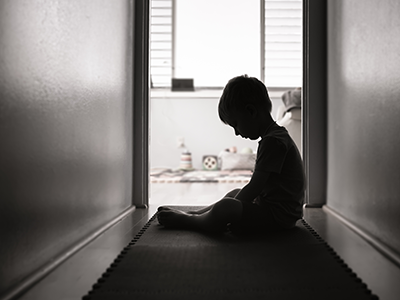
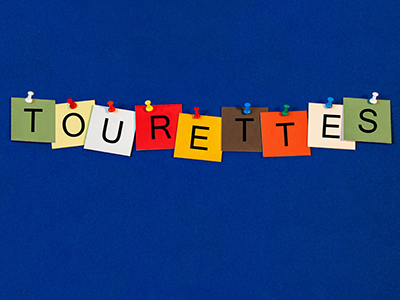
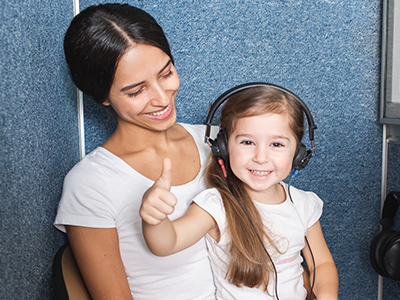
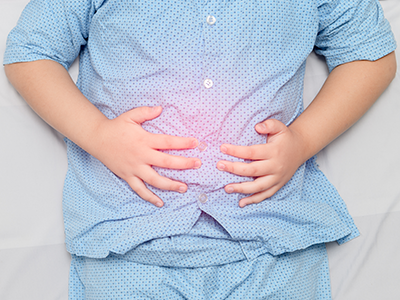
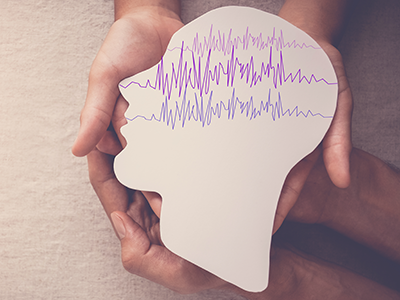
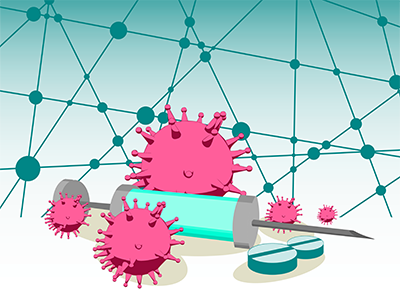
Leave a Comment
Want to join the discussion?Feel free to contribute!